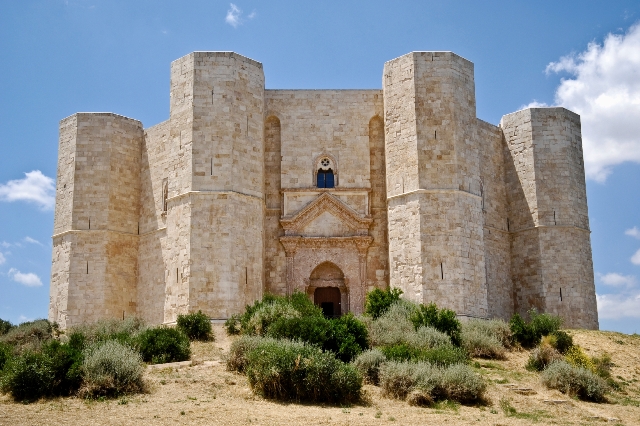Tour
Apulia - land of the cathedrals, castles and Trulli
Apulia: a diverse land, so differently in its geographic circumstances, but also in its history and culture. Cleft landscapes from limestone, red grounds, enormous trees, dry river beds of ancient current and extended farmed plains. A mosaic from sand and stone, from closely wooded mountains and cornfields, from orchards and olive groves so far the eye passes, from rocky hills, quiet lagoons and underground caves, from human hand drawn, modeled and changed, by the centuries urban done, one country pursued by aridity, where man built Dolmen and Menhir, castles and cathedrals, monasteries and sanctuaries, museums and palaces, villas and Masserie, towers and trulli (farmhouses from stone with conical roof). The history and culture of Apulia are drawn deeply by the presence of the Greeks, Romans, Byzantines, Arabs, Normans, Francs, Spanish and other people which left indelible traces of their stay. All joint with the fine weather, the clear sea, the perpetual sun and a lot of other beauties with which the nature has fitted out this region wastefully.
Bari, Bitonto and Ruvo
Today begins with the visit of a Highlight - the basilica S. Nicola, which is the heart of the oldest part of the town of Bari and the first bigger building of the Apulia Romanesque Period; later you visit the cathedral San Sabino which was built on the foundations of an antique church. Afterwards you have to opportunity to visit a dairy factory and to taste, besides, the typical and famous "Burrata".
Farther you visit through the Murge field the medieval Ruvo di Puglia and Bitonto, over a landscape full of agriculture (olive groves, vineyards, almond trees).
Canosa, Castel del Monte and Trani
With this excursion you get right in the heart of Bari area. First you take a walk in Canosa, one of the most important cities of the antique Apulia with numerous certificates from the time of the big Romanesque architecture. One of the highlights of an Apulia journey is the hunting castle of Frederick II, a landmark of the region, the Castel del Monte. High raised and already far away visibly there is enthroned the majestic castle on a hill (540 m) over the Murgia landscape. The self-willed and fascinating castle was constructed approximately 1240 by the Emperor Frederick II. The constant return of the octagonal form and the number "eight" represents the marking element of this unique monument. Around the octagonal inner court are ordered in the ground floor and in the upper floor eight spaces which form together again an octagon on whose corners also octagonal towers stand.
Then you reach Trani, whom the Jewel of the Apulia romanticism belongs: San Nicola Pellegrino, so-called Church "between sky and sea".
Matera - Altamura
After breakfast, travel to Matera in the Basilicata region, a city which carries the unmistakable marks of the historic and prehistoric time. Whole pride and seat of the archbishop is the important cathedral from the XIII century, as well as the churches S. Domenico and S. Giovanni Battista. The Sassi, the antique districts, is one of the UNESCO World Heritage Site. Then you reach Altamura, whose medieval oldest part of the town was built on request by Frederick II in 1230.
You visit the wonderful cathedral, one of four Palatin basilicas of Apulia. Also interest is the Pulo, one of the biggest Dolinen of Italy, and already inhabits since the prehistory. Altamura is also known because of their special bread: a taste of its bread is a must here.
Castellana Grotte - Alberobello - Locorotondo
Today you visit one of the biggest attractions of an Apulia journey: Grotte of Castellana.
Already the entrance hall is impressive with approx. 60-m height. The whole grotta system amounts to approx. 2 kms from what, however, only 1.5 kms can be committed, namely only with guide. It consists of a labyrinth of limestone caves. About innumerable years away, the water of a river has dug tears and columns in the rock and has created fabulous caves - stalactites and stalagmites, which grow from above and below on each other.
There are 2 kind of visit. The long one up to Grotta Bianca, the most beautiful grotta, about 3 kms long and lasts approx. 2 hours, the short one – about 1 km long - lasts approximately 50 minutes.
A whole small town made of Trulli houses (Apulia conical dry-stone homes), belongs since 1996 to the world cultural heritage! About 1000 Trulli stand in the historic centre of Alberobello, other 400 in the suburbs.
The oldest part of the town of Alberobello is shared into small streets. At one side, lies the tourist quarter RIONE MONTI. A stroll through this district full of conical homes and beautiful paved alleys is very delightful. You shouldn’t miss it. On the other side, there is the quarter zone RIONE AIA PICCOLA, with the most beautiful view at the Trulli zone of the other side.
Situated on the high plain of the Eastern Murge, “ round place” Locorotondo overlooks the entire valley of Itria, with a panorama which encompasses the traditional Trulli houses scattered among olive trees and the grapes wines.
Brindisi, Ostuni and Martina Franca
Once the provincial centre Brindisi was the "gate to Orient", harbor of the crusaders and ending point of the Via Appia. Castle, Romanesque churches and museums give evidence from this time.
The look of the coastal road of Brindisi is overwhelming on the typically south Italian city on the hills full of olive-trees with theirs knows to limed houses and the earth colored churches. Martina Franca at 430-m height is one of the bigger cities of Apulia, however, has not lost her pleasant atmosphere. The snow-white city is built in almost pure baroque style with ornaments on the halls and balconies. The cathedral with its magic baroque facade is not far way from the enormous Palazzo Ducale, whose inner court is used for Open Air concerts during the Valle d'Itria festivals.
Afterwards you travel to Ostuni, well know as the white city, because of the characteristic limed houses. You walk by the oldest part of the town and visit the cathedral Romanica, the bishop's palace, the church S. Maria la Nuova and the pilgrimage church S. Oronzo.
Lecce and Otranto
After the breakfast travel to Lecce, also called the Florence of the south. With a city walk you visit an unusually beautiful, a well-to-do city which developed its own form of the "baroque" between the 16th and 18th century. Visit of the Piazza S. Oronzo, which includes partial of the rests of a Roman amphitheater. In the middle of the square you can see the Oronzo towers pillar. Other sights are the Palazzo del Seggio, the church Santa Maria delle Grazie and Santa Ireneo, the cathedral, the bishop's palace, the church Santa Croce and the castle Karls of V. Afterwards furthermore along the east coast you reach and visit Otranto, one of the most delightful cities of Apulia whose cathedral is known because of its wonderful mosaic floor.
Castro - Marina di Leuca - Gallipoli
You travel along the coast to the grotte of the Zinzulusa, which were discovered in 1797 by Castro Marina. In Marina di Leuca visit of S. Maria di Leuca, with its pilgrimage church "at the end of the world", at the extreme east top of the peninsula. From the high walls of Gallipoli you take a walk by the oldest part of the town and visit the castle and the cathedral.
You proceed along the coast to the grotta of the Zinzulusa which were discovered in 1797 by Castro Marina. Capo Santa Maria di Leuca offers a wonderful panorama, where the Adriatic joint with the Ionic sea. With good sight one should not avoid 254 steps of a spiral stair to allow to wander a completely look at the top about the mountains of Albania and Calabria to the Ionic islands Corfu and to the Greek coast.
Former Greek kalé polis, the current Gallipoli - the "beautiful city", lies on the gulf of Taranto. Von 266 v. Chr. was conquered by the Romans and today it is an important holiday destination. The place consists of two separate parts: the oldest part of the town with its close, full of corners little streets lies on a small island and is connected with the continent with a bridge from the 17th century. The newer, is a district occurred only in the 19th century, rises on hills behind the oldest part of the town which has to show some interesting monuments. The Greek fountain restored in the 16th century with its classic reliefs lies before the castle, which had been new established in 16th century with building material of the earlier fortress.


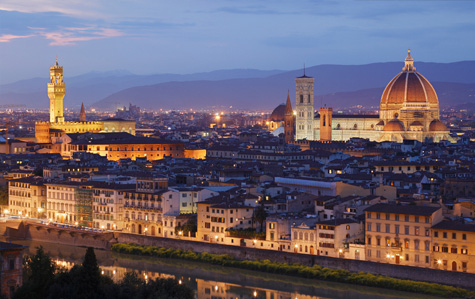

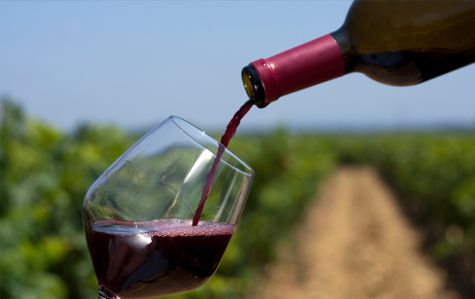
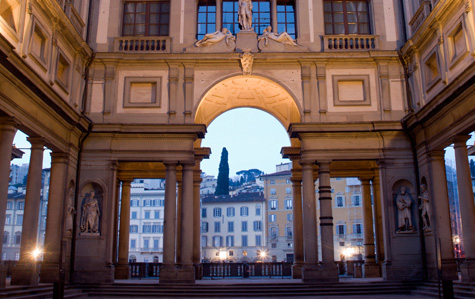
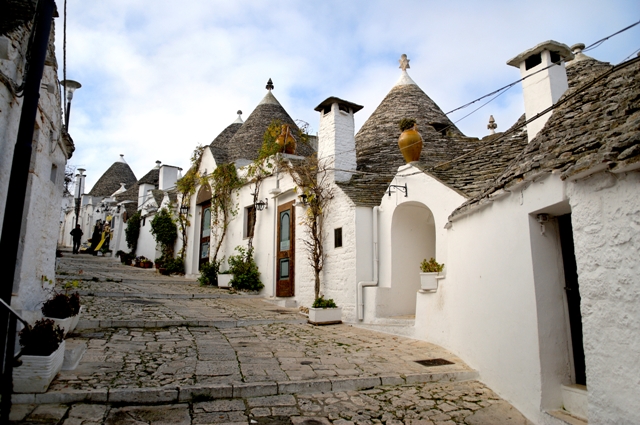
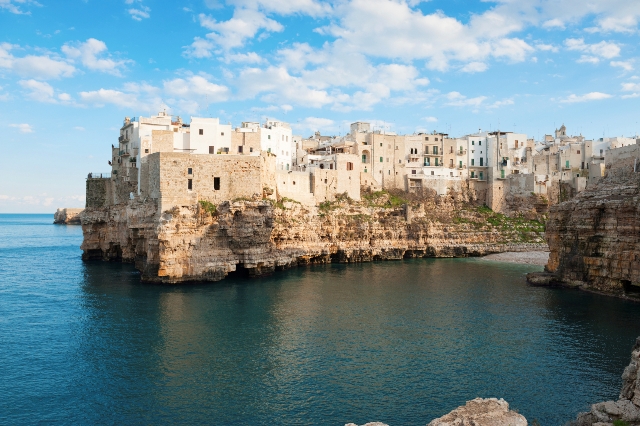
.jpg)
